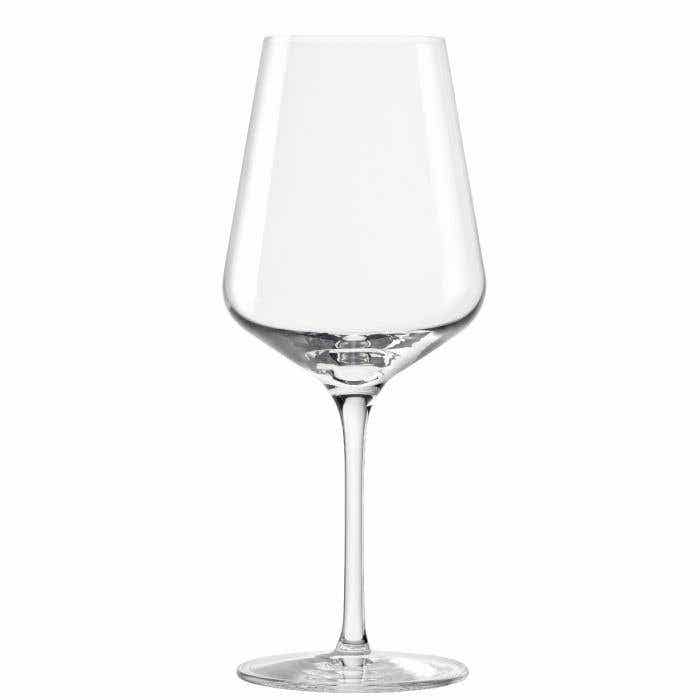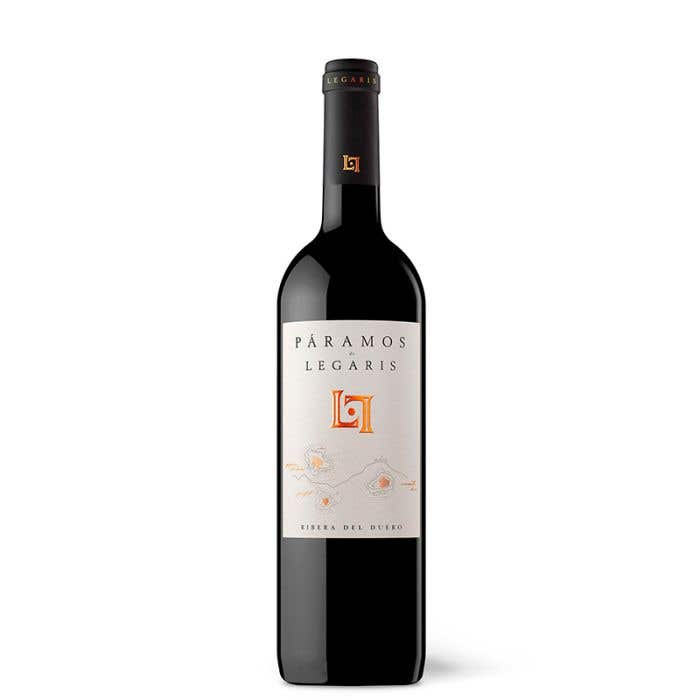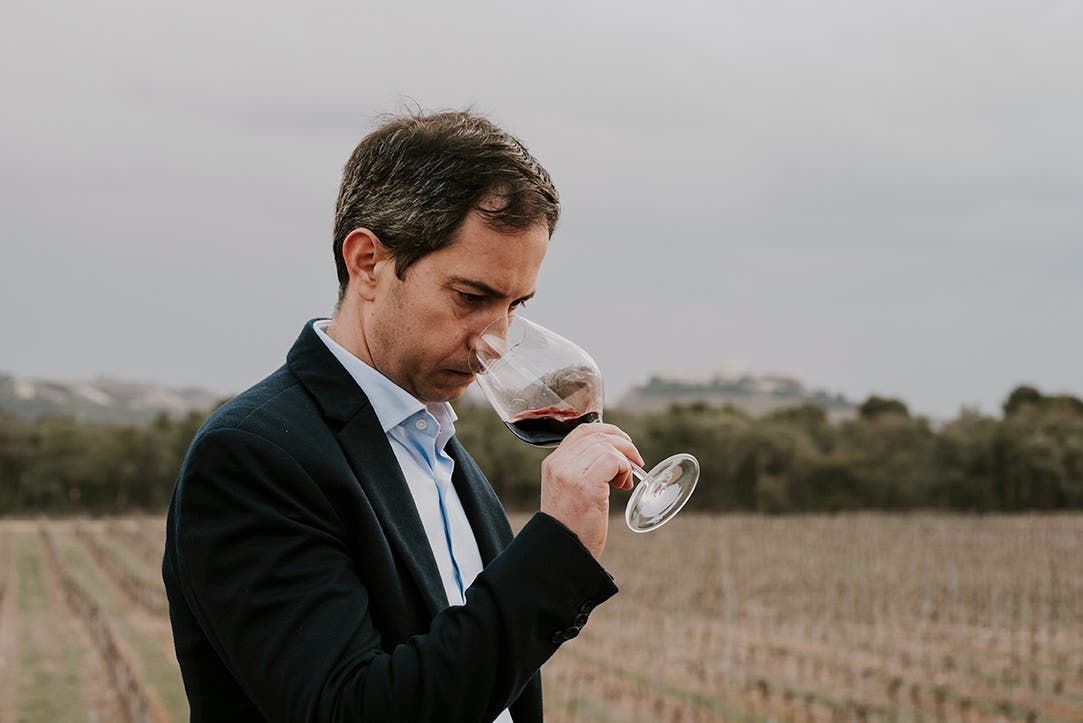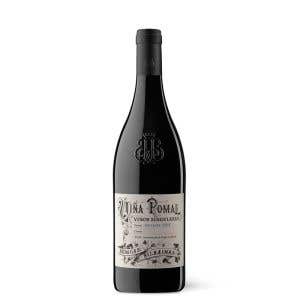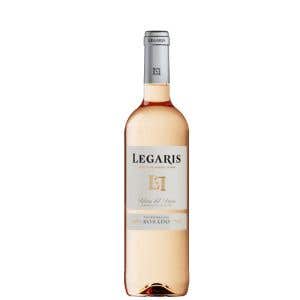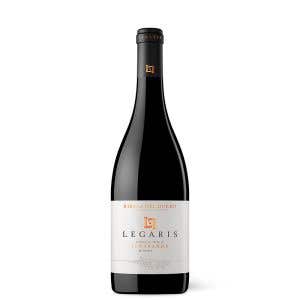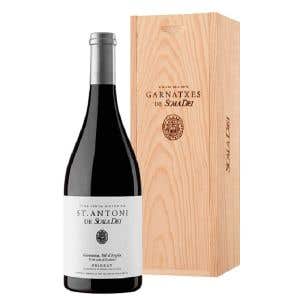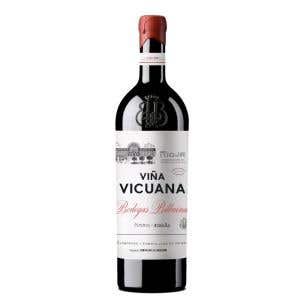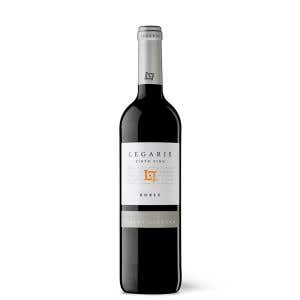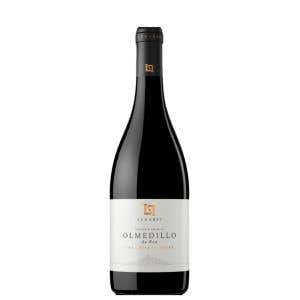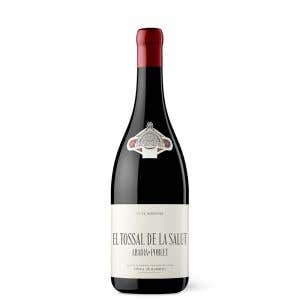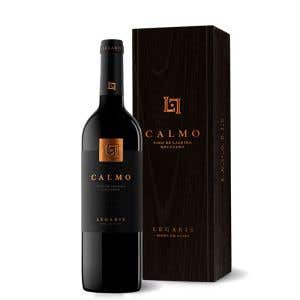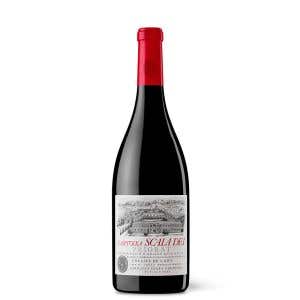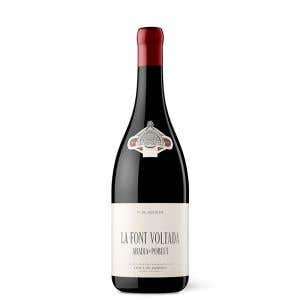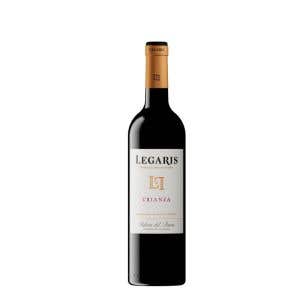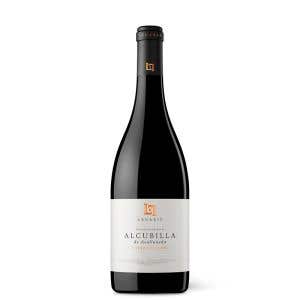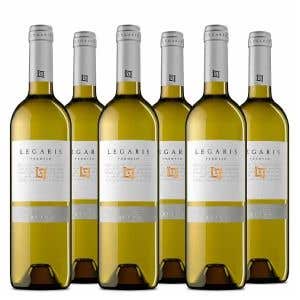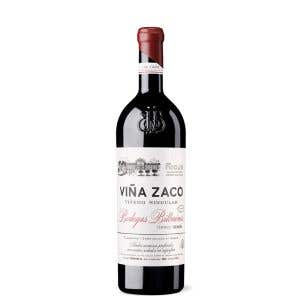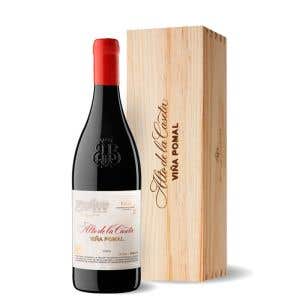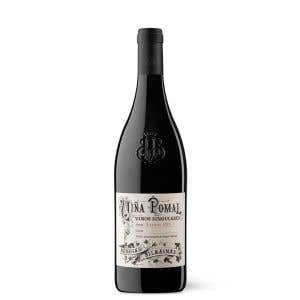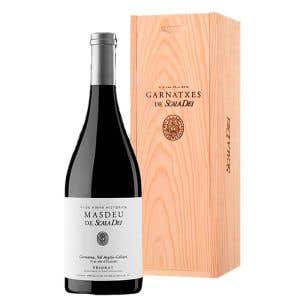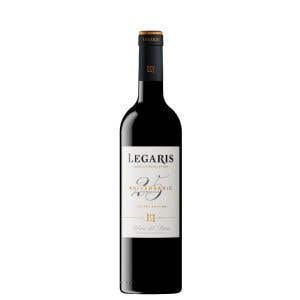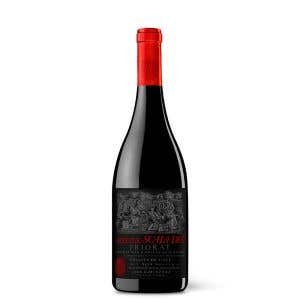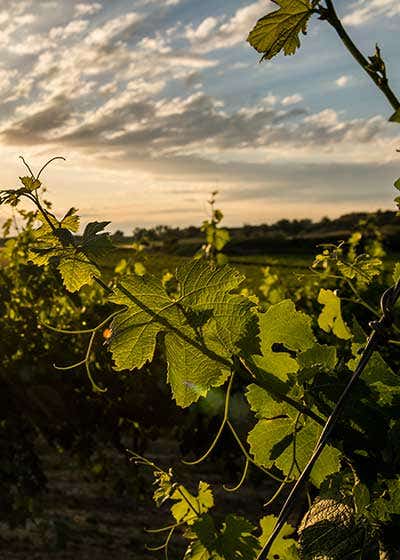

At Legaris, wines are made with calm, and we'd like you to enjoy them in the same way, without rushing. Páramos de Legaris is an icon wine, modern in style, made using grapes from the finest high plains in the Ribera del Duero: Moradillo de Roa, Peñafiel and Pesquera del Duero. After an average of nine months' ageing in French and American oak barrels, we obtain a mature, well-balanced, silky wine, with intense aromas of red fruit. This limited edition wine is sure to become your ideal partner to any red meat dishes, as well as for enjoying a relaxed glass on its own.
Awards
View
Very intense dark-cherry red with purple hues.
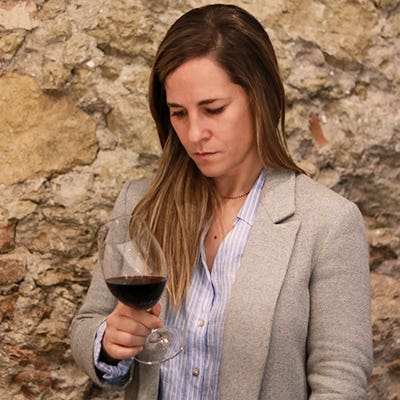

Nose
Intense nose of red fruit predominating over the toasty nuances from the barrel.
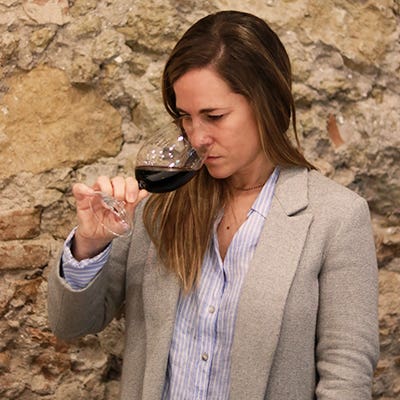

Palate
Fresh and tasty in the mouth, flavour-packed, with silky, well-rounded tannins.
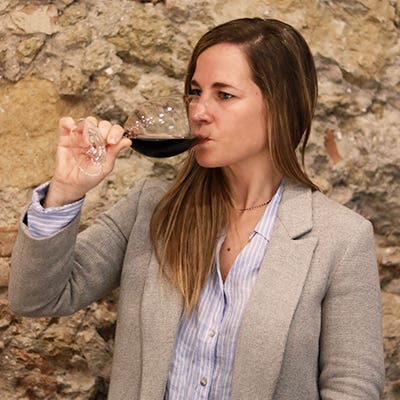

Varieties and Analysis
Yes
Contains sulfites14.5%
Alcohol volume (%)D.O. Ribera del Duero
Designation of OriginTinto fino
Variety/CoupageRed wine
ProductNo
Suitable for vegansThe Winery
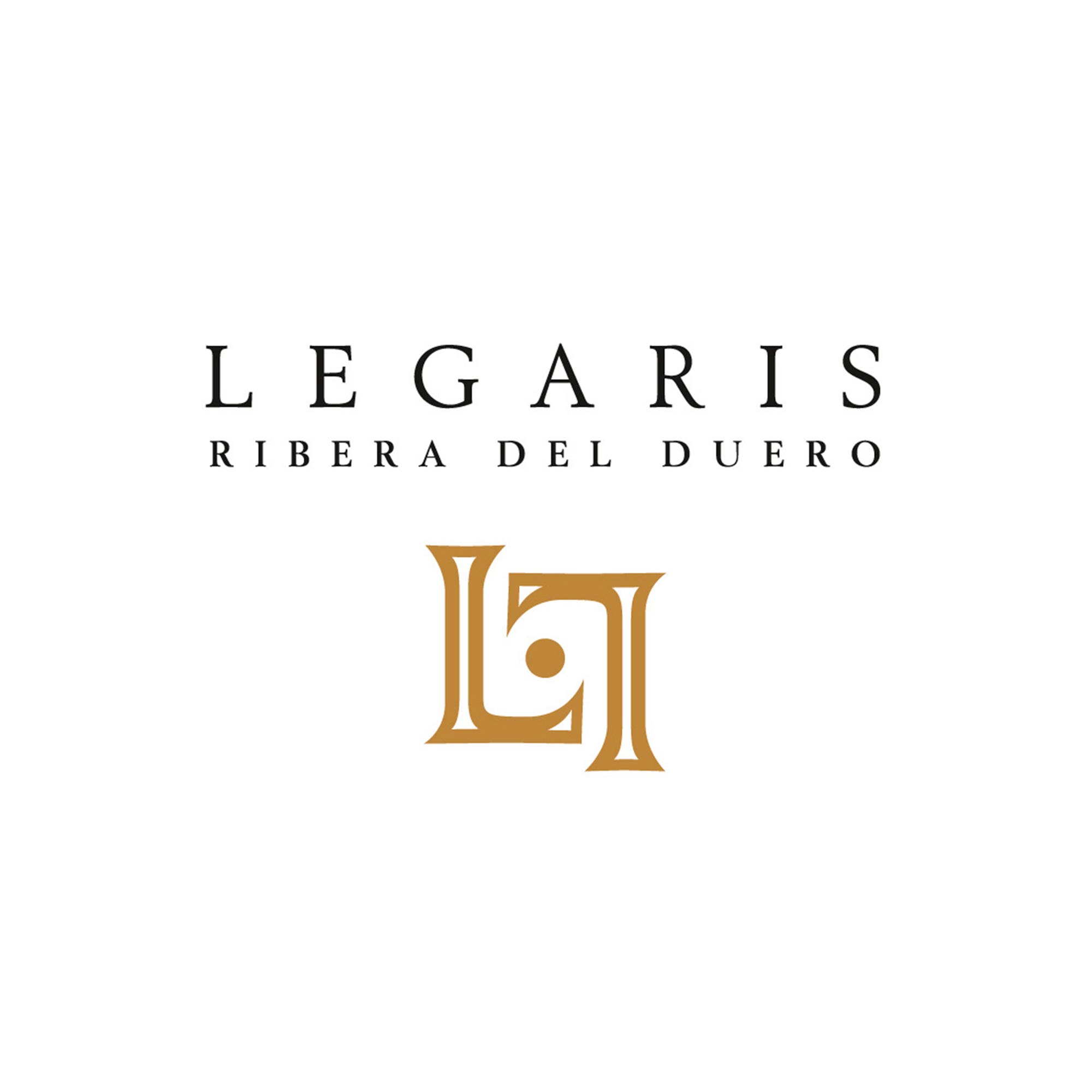

Legaris is one of the D.O. Ribera del Duero's flagship wineries. An innovative winery, it offers boutique, artisan wines made in a modern way. Legaris lies in a privileged location, enjoying the D.O. Ribera del Duero's unique and exclusive climate. The origin of its wines, the great wealth and variety of its soils, high quality raw materials and very careful winemaking combine to ensure that the wines from Legaris express and extol the unique character of the area.
Elaboration - Vinification
The grapes are quickly taken to the winery to ensure their qualities are preserved.
The grapes are quickly taken to the winery to ensure their qualities are preserved. The clusters are destemmed and the whole grapes taken to stainless steel tanks, where they are vinified separately by provenance. We subject the grapes to a cold soak at 10 °C for 3-4 days in order to extract aromas and colour, and then allow the temperature to gradually rise. Alcoholic fermentation is allowed to start spontaneously and the grapes own yeasts are used to express the typicity of the different terroirs. Fermentation temperatures range from 26 to 28 °C. The wine is racked off 14-16 days after vatting on average. In order to retain the fruity personality of our Páramos de Legaris, average barrel ageing was 9 months in bordelais barrels, 2/3 of which were French fine-grained oak and 1/3 American oak, in both cases, using 30% new barrels. This wine has been vinified employing natural methods without cold stabilisation so some sediment may appear in the bottle.


Vineyard - Viticulture
In our Páramos de Legaris we want to show the extreme personality of the Tinto Fino grapes when grown at high altitudes, on the flat extensions of the páramos (moors).
In our Páramos de Legaris we want to show the extreme personality of the Tinto Fino grapes when grown at high altitudes, on the flat extensions of the páramos (moors). These moors consist of limestone covered by red soils with an alkaline pH and high percentage of carbonates. We have selected 3 moors in different geographical locations: Pesquera de Duero (Valladolid), altitudes between 867 and 894 metres. This plot was picked on 27 September. Peñafiel (Valladolid), altitude 890 metres. This plot was picked on 4 October Moradillo de Roa (Burgos), altitudes between 958 and 973 metres. This last plot was picked on 18 October.
Vintage characteristics
The first frosts arrived in October, at the end of the growing cycle. With regard to temperatures, we can talk about a mild winter. In early spring, temperatures were remarkably high and this accelerated budbreak 10 days. Low temperatures prevailed throughout the summer. It was not until the second half of August that highs returned to normal seasonal values. What was truly unusual in this growing cycle was the weather in September and October, when temperatures were notably higher than usual, with hot, sunny days that finally produced well-ripened berries. Rainfall during the growing cycle was lower than expected. The harvest took as long as usual, although with peak volumes during the middle part in view of the threat of rain, which finally arrived on 8 and 14 October.

